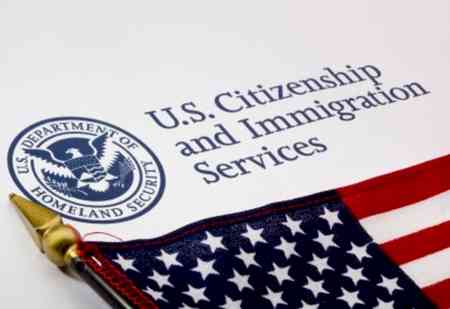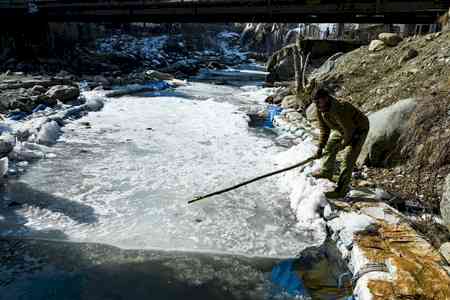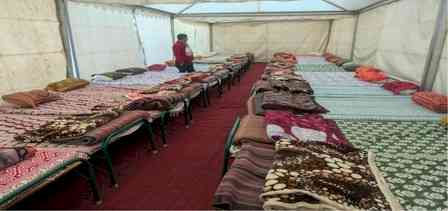OPINION: Election related rail budget on wrong tracks
Author(s): Harish K. MongaThe Author. The rail budget 2013-14 presented by Pawan Bansal, Railway Minister has got a mixed response. In fact, the burden on rail budget is due to starting of new trains on account of political reasons and...
The Author.
The rail budget 2013-14 presented by Pawan Bansal, Railway Minister has got a mixed response. In fact, the burden on rail budget is due to starting of new trains on account of political reasons and no rail minister can escape from its clutches and Pawan Kumar Bansal too has become a victim of this tradition.
Moreover, nothing revolutionary was expected as he was not having the time for making long term plans and the elections in the next year are due. In fact, the railway instead of providing the best services to the passengers and mean of goods transportation has become a machine of creating a vote bank.
Bansal has tried to please everyone but at the same time, the voters may not be angry with the Congress, he has not increased the railway passenger fares but to save the railways from bankrupt, the charges of goods trains have been increased. In other words, this too is likely to affect the common man indirectly.
Despite the fact, the 160 years old Indian railways stand 4th in the world – US, Russia , China , India and Canada – but it is lacking in its progress and infrastructure which needs improvements first before any further expansion.
The expansion in railways is not as per the expectations and the progress is at the very slow pace even from China. We should learn a lesson from China which started railway services after about 23 years from India. In India, the rail services were started first time in 1853 whereas in China it was started in 1876. In 1947, the rail net work in India was of 53,396 KMs whereas it was 27,000 KMs in 1945 in China which is at present 64,000 KMs and 98,000 KMs, respectively. The average increase per year is 400 KMs as against 2,000 KMs in China. So far as the speed of goods train is concerned, its average is 26 KMs in India while it is 120 KMs in China. Regarding covering the area, the Delhi-Mumbai track is covered in 15 hours whereas 1460 KMs Beijing-Shingai is completed in just 5 hours.
China made a progress in railways so rapidly that there are some fields like Bullet Trains by creating an example at the global level. No doubt, normally the obstacles mentioned in the development of rail net work are said to be, investment, lack of national policy, increase in passengers but in all these factors, the policy of China has proved more effective and long term strategy.
Learning a lesson from China, the Indian Railways must concentrate on improving the existing infrastructure and it must discard all unviable projects. The states like West Bengal, Bihar, UP and Assam are still lagging behind. The railway has to show the vision to tackle the challenges which are lacking in the budget presented.
(Disclaimer: The views expressed by the author in this article are his own and do not necessarily reflect the views of City Air News.)


 cityairnews
cityairnews 








